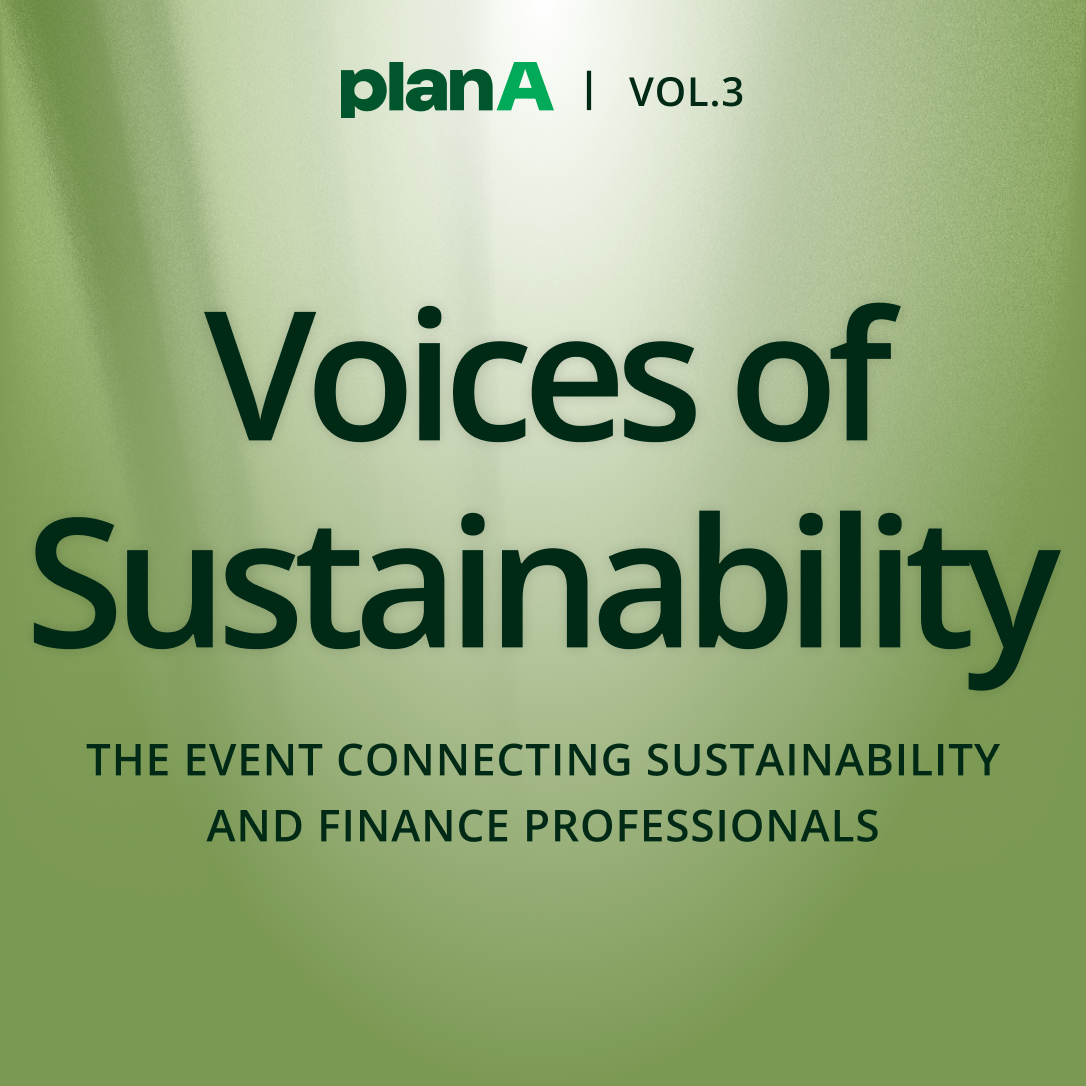Over 6,000 companies worldwide have set science-based targets for reducing their emissions, including more than 1,000 aiming for net-zero—a sign of growing commitment to climate action.
Achieving these ambitious goals requires tracking and monitoring greenhouse gas (GHG) emissions, where carbon accounting software plays a vital role.
This software provides a structured approach to managing decarbonisation, ensuring companies can systematically reduce their carbon footprint while meeting evolving regulations like the Corporate Sustainability Reporting Directive (CSRD).
A guided decarbonisation journey
One of the primary benefits of carbon accounting software is that it provides a structured process for a company's decarbonisation journey. By utilising this software, companies are encouraged to adopt a systematic approach to managing their carbon emissions.
This structured process ensures that decarbonisation efforts are organised, efficient, and aligned with industry best practices and regulatory requirements.
The decarbonisation journey typically involves the following key steps:
- Collect data: Gather data on all activities contributing to the company's carbon footprint, covering Scope 1, 2, and 3 emissions.
- Measure emissions: Calculate total GHG emissions using accurate emission factors from the collected data.
- Report your Corporate Carbon Footprint (CCF): Generate comprehensive reports detailing the company's carbon emissions across different scopes and categories, ensuring compliance with frameworks like the Greenhouse Gas (GHG) Protocol and CSRD.
- Set reduction targets: Establish realistic, science-based decarbonisation goals aligned with global initiatives like the Science-Based Targets initiative (SBTi).
- Take action to reduce: Implement strategies to lower emissions effectively, guided by recommendations on high-impact actions, including switching to renewable energy and improving energy efficiency.
- Improve, monitor, and repeat: Continuously track progress towards targets, analyse results, and refine strategies over time.
Streamlined data collection and integration
The decarbonisation process begins with data collection.
Carbon management software provides resources to collect data across various emission categories, particularly Scope 3 emissions, which often represent the most considerable portion of a company's carbon footprint.
Flexibility in data formats and quality
Carbon accounting software allows companies to input data in various formats, such as spending data for goods or actual usage data. It ensures that even incomplete or estimated data can be used effectively.
This flexibility is essential when managing Scope 3 emissions, where companies might lack detailed information but can still estimate emissions using sector averages or proxies.

Credit: Plan A
Integration with existing systems
Another key benefit of these tools is their integration capabilities. They seamlessly connect with existing enterprise systems, pulling data automatically from various sources via API integrations, ensuring minimal manual input and fewer errors.
This allows for a more comprehensive and consistent collection of emissions data, especially from external partners involved in the supply chain.
Simplified and accurate emissions calculations
Once data is collected, carbon accounting software automates the emission calculation process, mapping each data point to its corresponding emission factor.
For instance, the software applies location-based and market-based methods for Scope 2 electricity consumption, considering the local grid's emission intensity and the year of the activity to ensure that the emission factor used is from the exact same year.
In the case of Scope 3 emissions, which are often the most complex to manage, the software calculates emissions based on comprehensive data provided by suppliers and partners, leveraging sector-specific emission factors.
Explore Plan A’s Carbon Management Platform via the interactive demo below:
Advanced analysis and scenario modelling
Once emissions are calculated, carbon accounting software enables a thorough emissions analysis, helping companies identify hotspots in their emissions profile.
With advanced tools like scenario modelling, companies can visualise the impact of different decarbonisation strategies, such as switching to renewable energy or optimising logistics.

Credit: Plan A
User-friendly interface and customisation
Most software tools provide an intuitive interface that offers visualisations, charts, and customised dashboards, allowing users to explore various aspects of their Corporate Carbon Footprint (CCF).
Companies can create custom tags and filters to group and analyse data following their organisational structure.
In the Plan A platform, companies can create custom tags and filters to group and analyse data in a way that aligns with their organisational structure, allowing for tailored insights and more precise reporting.

Credit: Plan A
Improved management of Scope 3 emissions
Engaging with suppliers and customers is critical to managing Scope 3 emissions. Carbon accounting software helps companies engage their suppliers by tracking and reducing emissions within their value chain.
This could involve introducing sustainable procurement policies or engaging clients to adopt more sustainable practices, such as improving product energy efficiency.
Simplified compliance with reporting standards
Compliance with sustainability reporting standards like the CSRD or ESRS is becoming increasingly essential for companies.
Carbon accounting software simplifies this process by generating reports that meet these regulatory requirements, ensuring transparency and accuracy in emissions reporting. For example, these tools are designed to align with EU taxonomy requirements, making reporting on activities that contribute to sustainable economic goalseasier.

Credit: Plan A
Optimised target setting and action planning
Setting science-based targets (SBTs) is critical in aligning corporate goals with global climate objectives. Carbon accounting software assists in setting these targets based on the company's baseline emissions, projecting different decarbonisation pathways. By using frameworks such as the Sectoral Decarbonisation Approach (SDA), companies can model how various reduction strategies will help achieve their SBTs.

Credit: Plan A
Easier progress monitoring and continuous improvement
Carbon accounting software helps companies set targets and track progress toward achieving those targets.
Through continuous monitoring, companies can ensure they are on track to meet their decarbonisation goals. The software allows for frequent recalculations of the Corporate Carbon Footprint (CCF) and provides actionable insights based on real-time data.
For instance, a company identifying business travel as a significant emissions hotspot could implement policies to reduce short-haul flights and replace them with video conferencing or train travel. With detailed dashboards, companies can see the immediate impact of such actions on their overall carbon footprint.

Credit: Plan A
Carbon accounting software is more than a compliance tool—it’s a catalyst for real climate action. Turning ambitious decarbonisation targets into measurable outcomes enables businesses to lead in a low-carbon economy.
If you're ready to streamline your carbon management and make meaningful progress toward your net-zero goals, schedule a call with the Plan A team today. Let’s work together to transform your decarbonisation journey into a lasting impact.


.jpg)






